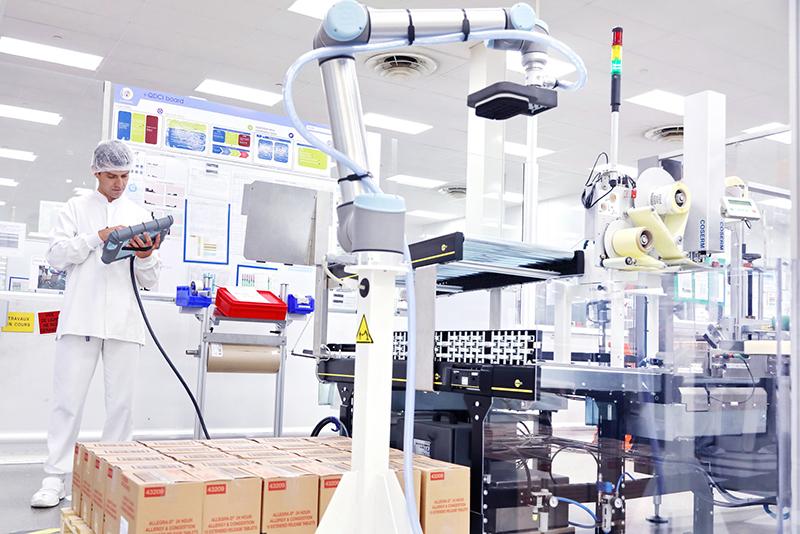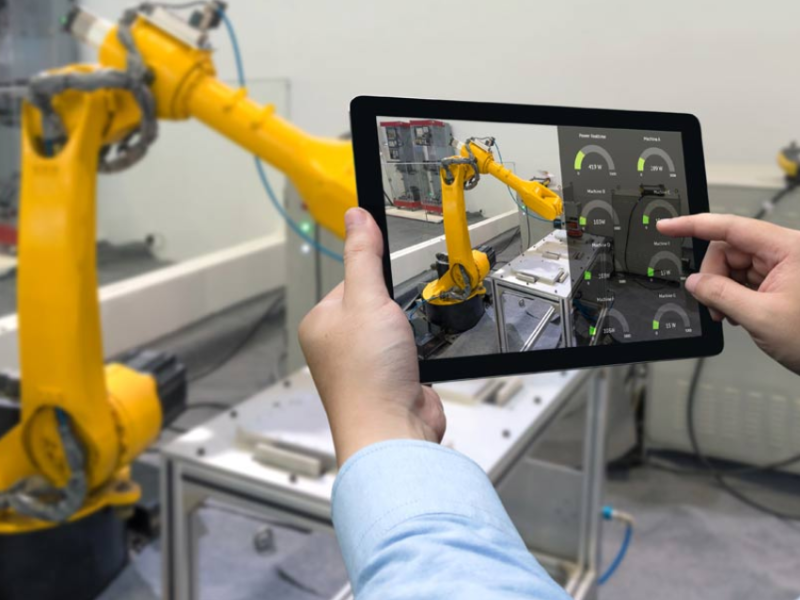Collaborative robots (cobots) are widely used for palletising applications. Dubbed ‘palletising robots’, these cobots help to automate the process of packing and stacking onto pallets.
Their ability to automate dull and potentially dangerous tasks is the main reason for their popularity around the globe, as Masayuki Mase, Country Manager for Universal Robots Oceania explains: “Cobots are not designed to take people’s jobs, they are designed to change the way in which work is done. They free up workers’ time so that they can focus on tasks that add value to the business.”
He adds that cobots' ease of use and efficiency in palletising applications is what truly sets them apart. “Universal Robots is focused on maximum productivity, the reduction of errors and improved quality. All our cobots are designed with these mandates in mind.”
In fact, Universal Robots’ latest addition to its portfolio, the UR20 features an entirely new joint design that allows for even faster cycle times and the ability to handle heavier loads. With a reach of 1750mm, it’s been designed to work to the full height of a standard pallet.
“Palletising is one of the final stages of production and takes place at companies both big and small. The likes of FMCG and pharmaceutical industries commonly make use of palletising to pack, seal and transport their goods to outlets,” explains Masa.
He details and addresses the common questions from manufacturers with regards to adopting cobots for palletising:
- How can a palletising robot be customised?
“Palletising is a broad category,” explains Masa. “Businesses use palletising robots for a host of tasks, including handling extremely delicate items like glass, oddly shaped or tricky to grab items, products that can be damaged by a human touch or even hazardous materials. To meet a wide range of needs, there are various end effectors called ‘grippers’ that allow you to customise your cobot palletiser. You’ll find a gripper for virtually every sort of palletising task.”
- What software and hardware do I need for a palletising system?
If you’re planning on using a cobot for palletising, you’ll need to start with a few hardware essentials – such as the cobot arm. “Generally, an arm with a higher payload will be better suited to some palletising tasks as it enhances movement capabilities.”
He adds: “For other tasks, you may require a longer reach rather than a higher payload, so make sure you choose the right cobot model. You’ll also need to choose an appropriate end effector (also known as end of arm tooling, or EOAT) based on the items you’re going to be moving.”
To ensure your cobot can automatically complete tasks, you will require the right software provided by Universal Robots.
- Does a palletising robot have limitations?
“Yes, the technology does have some limitations,” says Masa. “However, the introduction of the UR20 cobot from Universal Robots is a game-changer. While in the past we only offered a payload of up to 16kg, we now offer a 20kg payload which means that we can service almost any palletising application.”
- Do small and medium businesses need a robot palletising system?
A robot palletising system can transform how efficient and productive smaller businesses are. “With a limited number of employees on the line, SMEs are more vulnerable to staff being sick or unavailable. Engaged and satisfied employees are less likely to leave their workplace than those who are bored or unhappy. Automating a tiresome task like palletising will free your people up for more purposeful work. By making employees’ roles more engaging, you can hold on to great talent.”
Add into the mix the worsening global skills shortage. A McKinsey survey found that 87% of global companies are either currently or are imminently about to experience skills shortages and it’s clear that
For more information, please visit www.universal-robots.com/.






